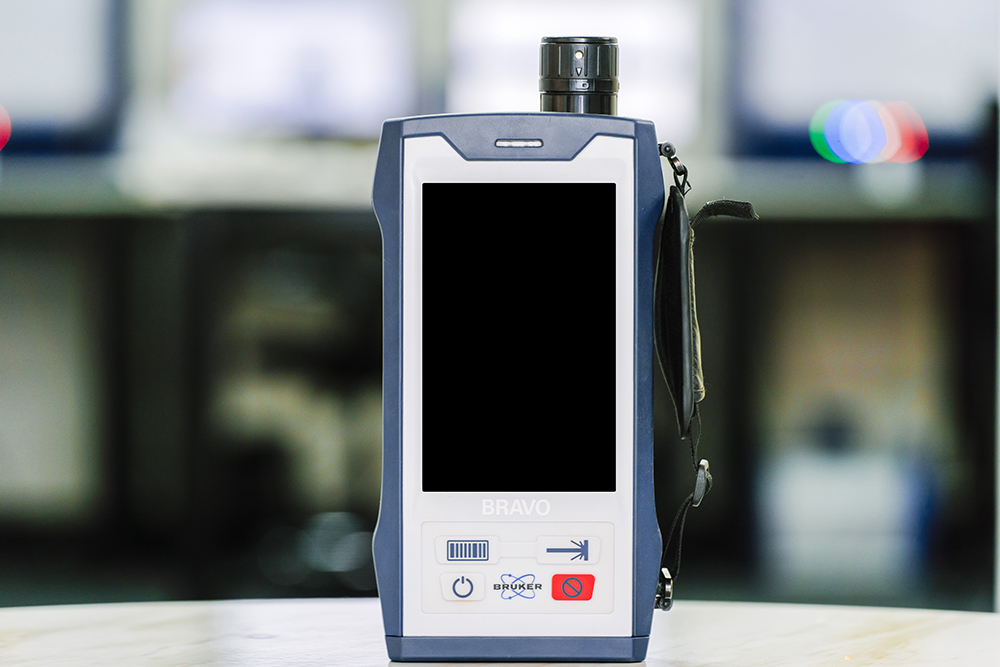Home | RAMAN ANALYSIS
Raman analysis is a non-destructive technique that provides a rapid method to identify minerals in drill core, rock chips or hand specimens. Mineral characterisation is achieved by verification or identification methods using Portable Spectral Services’ (PSS) Raman Spectral Pegmatite Library Database (PLD). To help combat the ever-growing lithium demand, the PLD helps to identify lithium bearing and associated minerals via spectral matching within minutes. In addition, mineral assemblages and spectral features related to the project geology can be extracted using spectral software to enhance spectral interpretation.
The application of Raman spectroscopy in the exploration and mining industry is emerging in conjunction with established applications for grade control and ore sorting.
Raman spectroscopy is a laser based vibrational technique that generates a unique spectrum that is matched to a known mineral using an extensive mineral library developed in-house. The technique is Raman is a form of vibrational spectroscopy that generates a spectrum by directing a monochromatic light from a laser onto a sample. Most of the light scatters and remains at the same frequency, however a small percentage is absorbed and re-emitted as a process of vibrating (bending and stretching) the chemical bonds in the sample. The process changes the energy frequency of the incident light, and this subtle change in frequency is measured by the Raman spectrometer as Raman Shift. As the bonds within a sample are unique to that material, the generated spectrum is characteristic of that material and can be used for rapid identification, such as the identification of spodumene.

Prior to, or at the time of receipt, a sample submission form is required as part of our sample chain of custody procedure.

